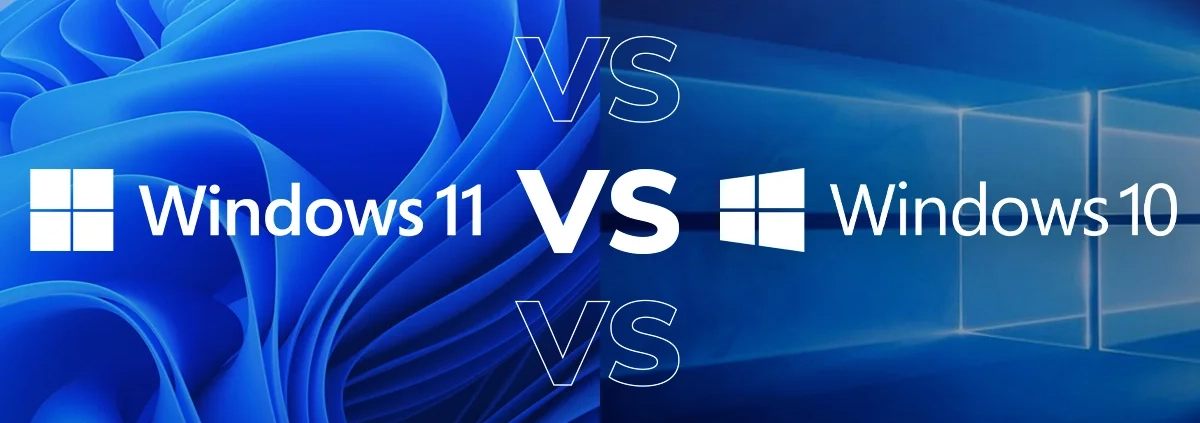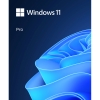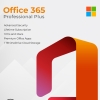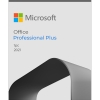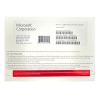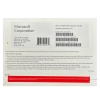Comparison of Windows 11 and Windows 10
Here’s a detailed comparison of Windows 11 and Windows 10:
Start Menu:
- Windows 11: The Start Menu is centered with static icons, creating a cleaner and more minimalist appearance.
Windows 10:The Start Menu features a traditional layout with a list of applications on the left and Live Tiles on the right.
Taskbar Position:
- Windows 11:The taskbar is centered by default, offering a more balanced visual design.
Windows 10: The taskbar is left-aligned, which is a common layout for previous Windows versions.
Widgets:
- Windows 11:Widgets are integrated into the interface, providing quick access to personalized information and news updates.
Windows 10: Widgets are available through a separate app, and they are not directly integrated into the interface.
Multitasking:
- Windows 11:Snap Layouts and Snap Groups allow for efficient multitasking, enabling users to organize and manage open windows more easily.
Windows 10:Basic multitasking features are present, but Snap Layouts and Snap Groups are not available.
Microsoft Teams:
- Windows 11: Microsoft Teams is directly integrated into the taskbar, making communication and collaboration more accessible.
Windows 10:Microsoft Teams is available as a separate application, not directly integrated into the taskbar.
Gaming Enhancements:
- Windows 11: Auto HDR enhances game visuals, while DirectStorage technology improves loading times and gameplay performance.
Windows 10:Windows 10 provides a standard gaming experience without these specific enhancements.
Comparison of Windows 11 and Windows 10:
System Requirements:
- Windows 11:Optimized for modern hardware, Windows 11 has specific requirements, potentially limiting compatibility with older devices.
Windows 10:Windows 10 is compatible with a wider range of hardware, making it suitable for a broader array of devices.
Visual and Audio Aesthetics:
- Windows 11:Windows 11 introduces new animations, sounds, and visual elements, contributing to a more modern and elegant overall experience.
Windows 10: Windows 10 also has its set of visual and audio elements, but they are distinct from Windows 11’s design.
Performance and Security:
- Windows 11: Windows 11 is optimized for modern processors, aiming to provide improved performance and security features.
Windows 10:Windows 10 offers a reliable performance and security experience, though it may not have the same specific optimizations as Windows 11.
Compatibility:
- Windows 11:Windows 11 has more specific hardware requirements, potentially limiting compatibility to modern devices.
Windows 10:Windows 10 is compatible with a wider range of hardware due to its longer history and broader support base.
Ultimately, the decision between Windows 11 and Windows 10 depends on your hardware, preferences for new features, and specific computing needs. While Windows 11 introduces a fresh interface and innovative features, Windows 10 remains a solid and established operating system with its own merits.

